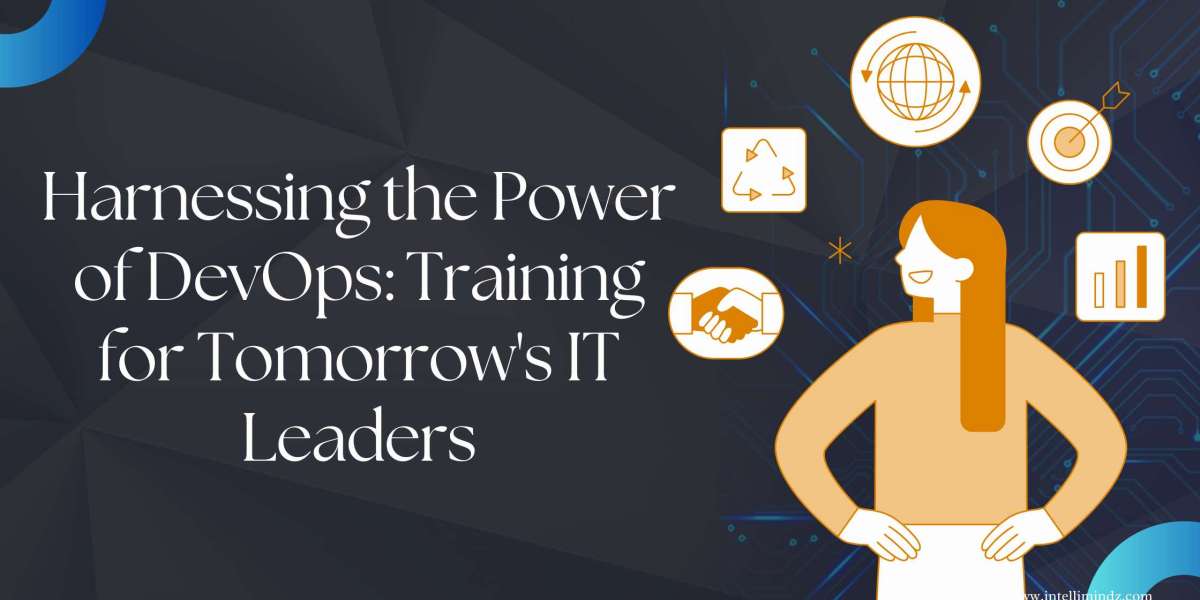In the ever-evolving world of IT, DevOps has emerged as a crucial methodology for streamlining operations, boosting productivity, and ensuring seamless collaboration between development and operations teams. But how do you go from a beginner to a DevOps pro? Let’s walk through the essential steps to mastering DevOps and launching a successful career in this fast-paced field.
Why DevOps?
Before diving into the technical details, let’s take a step back and understand why DevOps is in such high demand. DevOps eliminates traditional silos, speeds up development cycles, and automates repetitive tasks, helping businesses deliver software faster and more efficiently.
From startups to tech giants like Google and Amazon, DevOps practices are integral to modern IT operations. Companies seek professionals who can adopt this methodology to improve workflows, reduce downtime, and enhance system reliability.
Step 1: Build a Strong Foundation in IT Basics
Before you can master DevOps, it’s essential to have a solid understanding of basic IT concepts. This includes:
- Operating Systems: Become familiar with both Linux and Windows, as DevOps tools often run on these systems.
- Networking: Understand basic networking principles like IP addressing, DNS, and firewalls.
- Programming: Learn a scripting language such as Python, Bash, or PowerShell to automate tasks.
- Version Control (Git): Master Git for tracking code changes and collaborating with teams effectively.
Step 2: Get Hands-On with DevOps Tools
DevOps heavily relies on automation and the use of specific tools to streamline processes. Start by exploring the core tools used in DevOps environments:
- Version Control (Git): Git is essential for tracking and managing code changes.
- Continuous Integration/Continuous Delivery (CI/CD): Tools like Jenkins, GitLab CI, and CircleCI automate code testing and deployment.
- Containerization (Docker): Docker enables developers to package applications into lightweight containers, ensuring they run consistently across different environments.
- Orchestration (Kubernetes): Kubernetes manages and scales containers in production environments, automating many manual tasks.
- Infrastructure as Code (Terraform): Terraform allows teams to define cloud infrastructure as code, making it easy to provision and manage resources.
Pro Tip: Get hands-on experience with these tools by setting up your own mini-projects or using online labs.
Step 3: Understand Continuous Integration and Continuous Delivery (CI/CD)
CI/CD is at the heart of DevOps. Continuous Integration (CI) involves automating the testing and merging of code changes, ensuring that the codebase remains stable. Continuous Delivery (CD) automates the process of deploying code into production.
Learning how to build and manage CI/CD pipelines using tools like Jenkins or GitLab CI is a key skill for any DevOps professional. By automating code testing and deployment, you’ll be able to shorten release cycles and reduce manual errors.
Step 4: Learn Cloud Computing
As DevOps increasingly integrates with cloud technologies, understanding cloud platforms is essential. Whether it’s Amazon Web Services (AWS), Microsoft Azure, or Google Cloud Platform (GCP), learning how to deploy and manage applications in the cloud will give you a significant advantage.
Familiarize yourself with cloud concepts like virtual machines, networking, and storage, and learn how to automate cloud resource provisioning with tools like Terraform and Ansible.
Step 5: Embrace Automation
Automation is the backbone of DevOps. By automating repetitive tasks such as infrastructure provisioning, code testing, and deployment, teams can reduce human error and speed up processes.
- Infrastructure as Code (IaC): Learn how to define, deploy, and manage infrastructure using code with tools like Terraform and AWS CloudFormation.
- Configuration Management: Tools like Ansible, Chef, or Puppet help automate the configuration of servers and environments.
Step 6: Monitor and Optimize Systems
A DevOps pro doesn’t just deploy code; they also ensure systems are running smoothly and are continuously improving. Monitoring tools like Prometheus, Grafana, or the ELK stack (Elasticsearch, Logstash, Kibana) are essential for tracking system performance and identifying potential issues before they escalate.
Set up monitoring dashboards and learn how to interpret logs and performance metrics to ensure that your applications remain highly available and efficient.
Step 7: Embrace a DevOps Mindset
DevOps is not just about tools; it’s about a cultural shift in how teams collaborate and work together. As a DevOps professional, you need to:
- Collaborate with Teams: Break down silos and encourage communication between development, operations, and other departments.
- Adopt Agile Principles: Agile methodologies go hand-in-hand with DevOps. Embrace agile practices like short development sprints, daily stand-ups, and continuous feedback.
- Be Open to Learning: The tech landscape is always evolving, so it’s important to stay curious and continuously update your skills.
Step 8: Get Certified
While experience and hands-on skills are critical, certifications can add value to your resume. Consider earning DevOps certifications that demonstrate your expertise:
- AWS Certified DevOps Engineer or Azure DevOps Engineer Expert for cloud-specific knowledge.
- Certified Kubernetes Administrator (CKA) to showcase your Kubernetes skills.
- DevOps Institute Certifications like DevOps Foundation or DevOps Leader.








